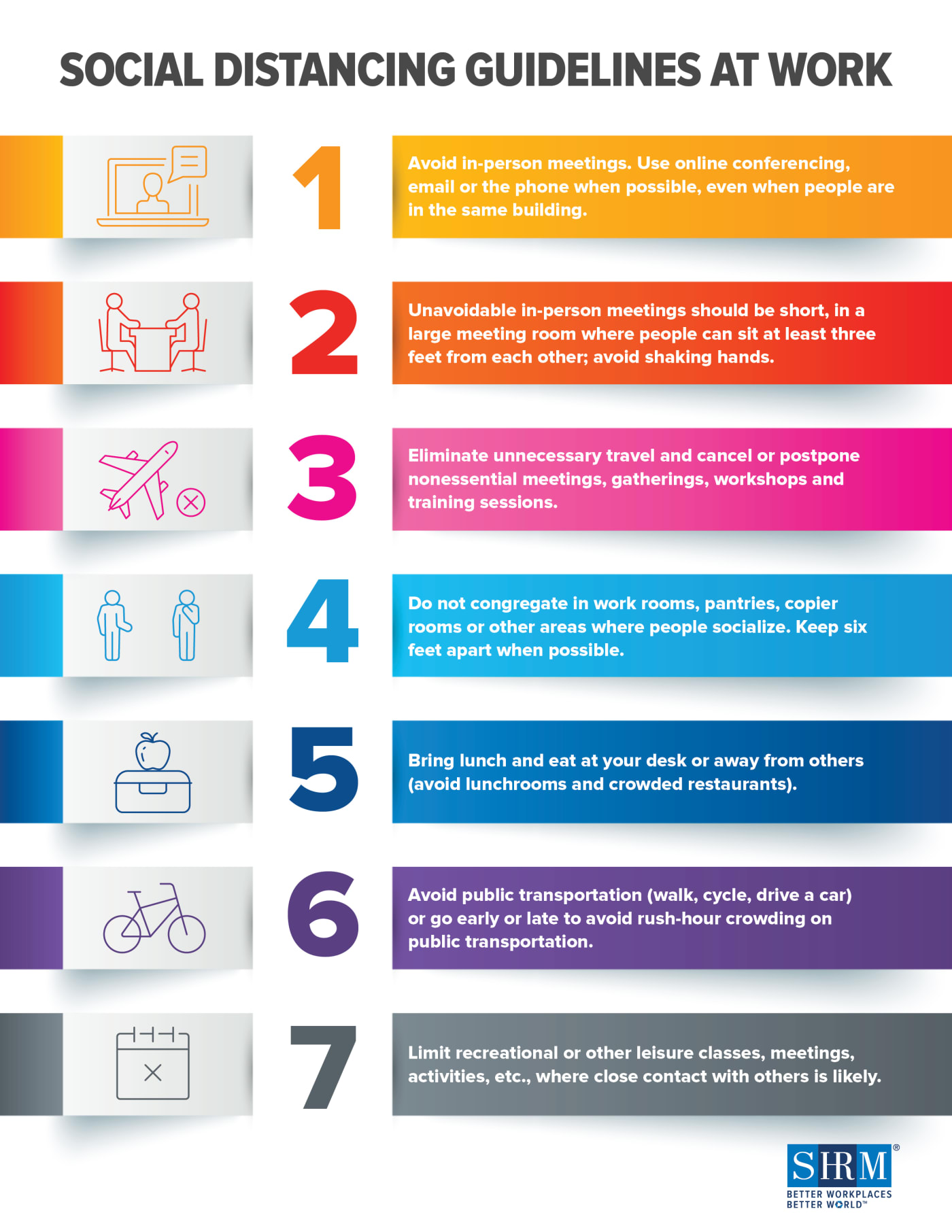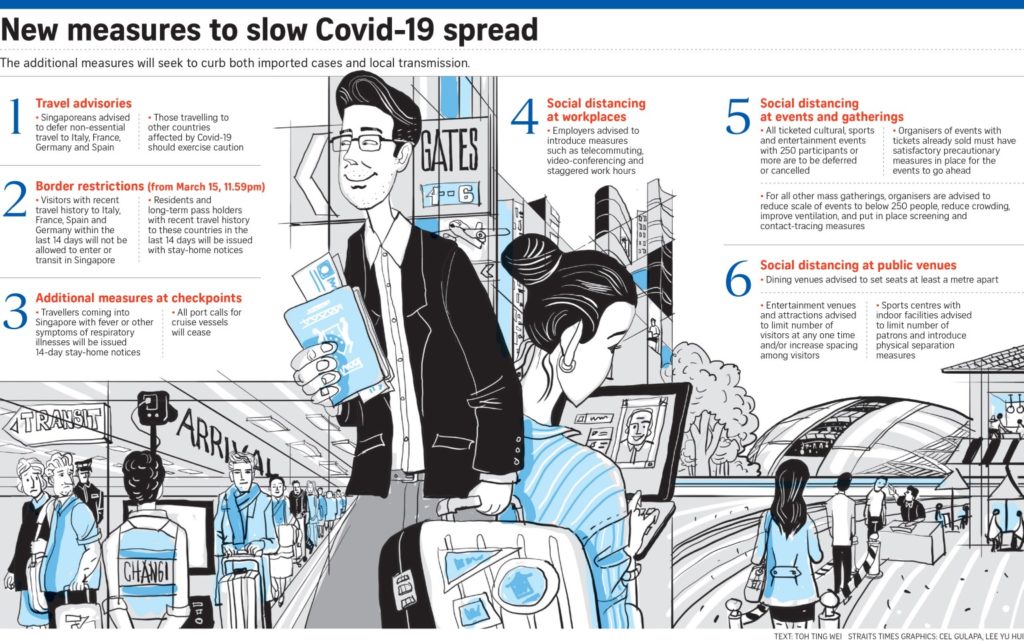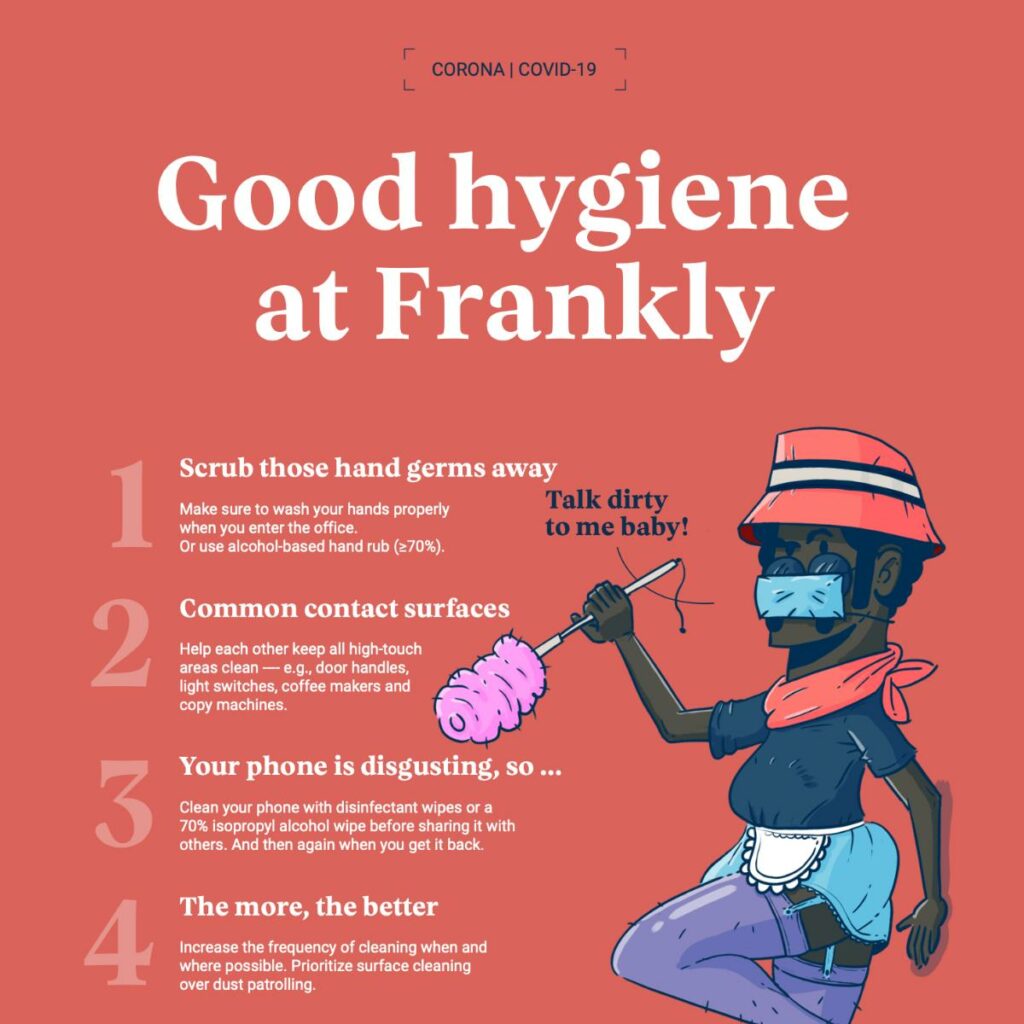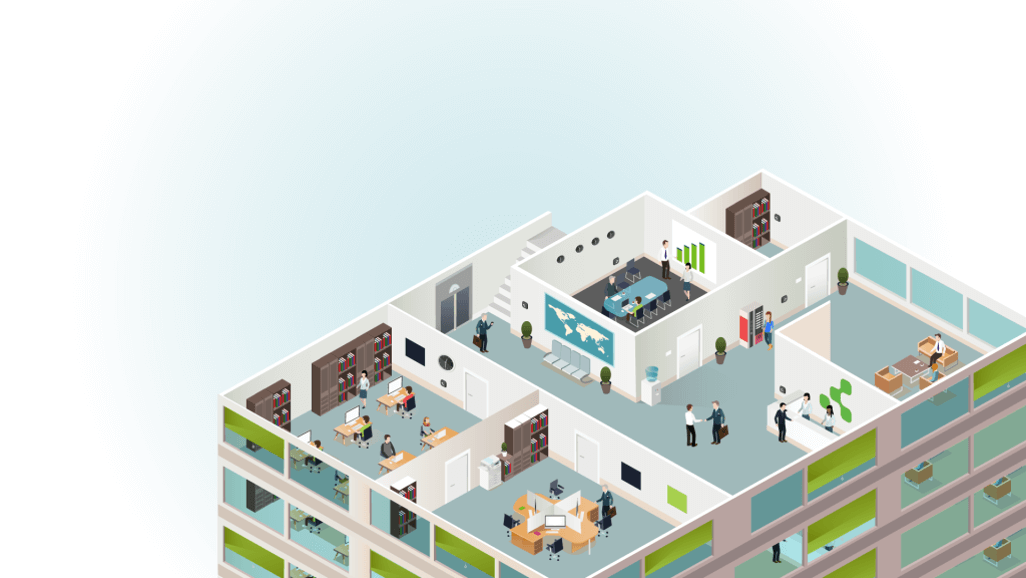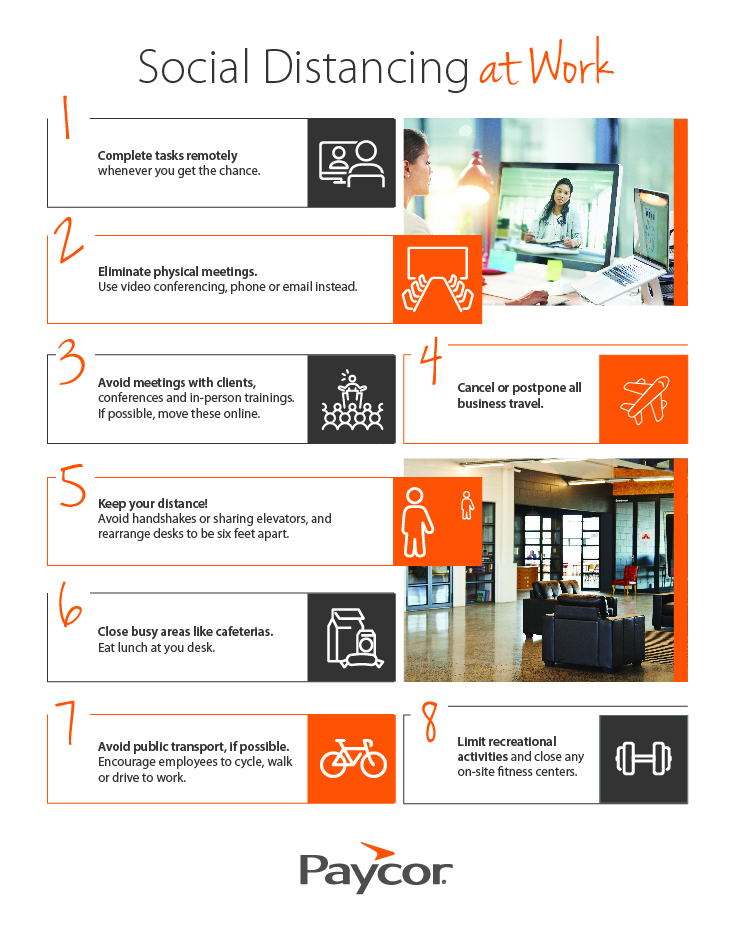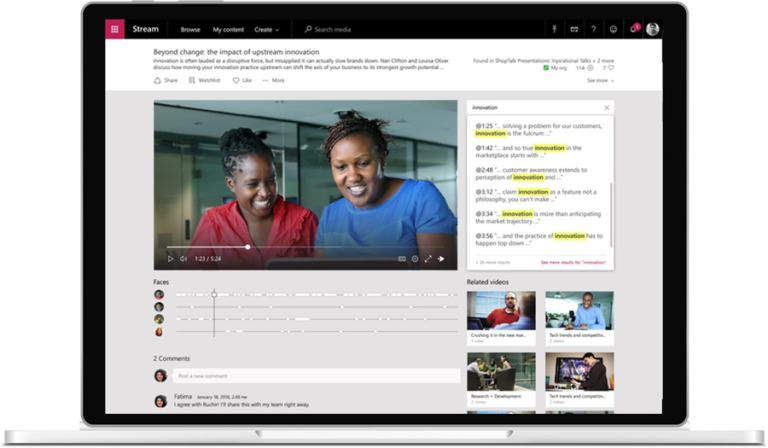Work life after COVID-19 was never expected to fully go back to what it once was. When the outbreak and its dire consequences were initially uncovered, there was a rush to adapt to the limitations imposed by different lockdown protocols within each country. Many enacted work-from-home policies with varying degrees of success. Now, with many in affected industries calling for a relaxation of quarantine measures—if not their outright lifting—the question everyone is asking is: what will work life after COVID-19 be like?
Work Life After COVID-19: Speculation and Reality
While China was the first country to fully face the devastating effects of what was then yet-to-be a global pandemic, it’s now become the best indicator of what work life after COVID-19 could look like. In late March of 2020, it began to lift its strict quarantine in the city of Wuhan when, finally, no new infections were being reported. While their efforts have been met with mixed results, the rest of the world is watching with anticipation as the country tries to restart its economy—doubtless taking notes for their own attempts down the line.
However long or short that “line” will be remains to be seen. If the recent spate of lockdown protests in the United States are any indication, many are itching to get back to “business as usual”. While the global Coronavirus recovery numbers are encouraging (at the time of writing they sit at around 1,159,000), it’s clear that it will be a long time before everything—especially in the workplace—will be anywhere close to the normalcy we once knew. The physical, emotional, and psychological toll is simply too great to be batted away.
More than likely much of work life after COVID-19 will resonate facets of our life today that have become the “new” normal. People will be generally wary of large gatherings—as they should be—manned checkpoints armed with portable temperature “guns”, and face masks are going to be in place until a reliable and accessible antibody test and —ultimately— a vaccine is in place. For those who soon return to offices will see much change in the foreseeable future.
The Changes That Might Be: Work Life After COVID-19
The World Health Organization has already released a set of guidelines covering work life after COVID-19 in anticipation of the inevitable return. In it, they cover in great detail many of the things that will likely feature in your workplace when people return. The first of these is a focus on sanitation and cleanliness. Whether by colleagues, cleaning teams or both, your workplace is going to be cleaned more regularly than before.
Although fumigation—which was very popular at the start of the outbreak—has been proven by the US EPA to be ineffective for cleaning contaminated surfaces, wiping them down with liquid cleaning products is. Expect to have your workstations regularly wiped down.
Keeping the (Social) Distance in Work Life After COVID-19
As for the actual look of the offices themselves, commercial real estate firm, Cushman & Wakefield have developed what they call the Six Foot Office. Given the experience, they had aiding over 10,000 companies and organizations in China move a one million-strong workforce back to work, their ideas are interesting to see. Much of the redesign ideas for work life after COVID-19 ready office comes from their own experimentation and testing.
The central guiding principles for the Six Feet Office revolve around concepts familiar to us already: social distancing and better hygiene. To the first end, they call for a reorganization of office workspaces to enforce that distance. The physical spacing of workstations is reinforced by visual signals—like clear and obvious circles embedded on the floor to subconsciously prompt people to keep a distance from their co-workers. Separation is further enforced by barriers between desks.
This they further support by the idea of a clockwise direction-only movement policy in lanes marked by arrows on the floors to get around the office. They cribbed the idea from hospitals they’ve worked with where the policy ensures that—even in the hustle and bustle of a work day—people don’t bump into each other, inadvertently breaking social distancing rules. The challenge, of course, is in shifting “very ingrained behaviours and expectations”, according to their head of Occupier Business Performance, Despina Katsikakis.
The New Face of Meetings
Of course, social distancing for work life after COVID-19 is one thing when people are sitting at their desks. It’s not so easy when you think about how meetings used to be conducted prior to the lockdowns. These were gatherings of varying sizes of people, often cramped in small spaces within the office. Many companies have recognized the danger should work resume and some have taken drastic measures.
When you think about it, however, the solution has been staring us right in the face. For the past weeks, the remote work setups adopted by many companies have paved the way for virtual meetings—as seen in increased usage of platforms like Microsoft Teams and Zoom. It wasn’t easy for some but necessity is the mother of invention and online meetings are pretty much the norm nowadays.
There’s really no reason why a modified form of this setup can’t be utilized even when people are back in the office. Conference rooms can serve as main communications hubs from which those who are initiating a meeting can safely base themselves with all the materials they need. Employee-attendees, in the meantime, can stream meetings via the company’s preferred platform from the safety and comfort of their workstations. The arrangement doesn’t take away the need for connection and interaction, neither does it compromise safety.
Comms Teams Will Take The Lead in Work Life After COVID-19
Apart from their very obvious role in facilitating effective meetings as previously discussed, internal communications teams will have a big role to play in work life after COVID-19. We’ve talked previously about how critical they have been at the start of and through this current crisis, as well as in the ongoing adoption of remote work by many companies. That’s likely to be further built on when we start transitioning back into the office.
Much of the work that communications teams can expect to be doing has to do with ensuring new setups and policies are disseminated and reinforced constantly. Remember the difficulty people experienced in getting used to remote work to begin with? It’s because the accepted way of doing things was turned on its head. This will be the same experience when office life returns.
So visually rich and engaging collateral like infographics, digital signage, training, and videos—are going to be necessary to ensure that everyone knows the rules and what they need to do. There are already highly creative examples like the ones posted in this post that make effective use of eye-catching visuals and easy-to-remember text to get a point across. All of this will then have to be carefully scheduled and planned so as not to overwhelm.
Testing The Waters With Technology
Of course, any information campaign is only as effective as how many people actually action what is being asked. This challenge is in changing embedded behaviour—a difficult task if there ever was one. For Cushman & Wakefield and their Six Feet Office, it’s all about leveraging existing technology. Beacons are installed throughout their office to track their employee’s movements via their phones.
Apart from allowing for a more comprehensive audit of their design, those same beacons can send out warnings to those who are breaking the six-foot limitations in place. This technology and its application are not completely new. They have been used before to gather so-called “people analytics” to aid in the refinement of diversity and inclusion programs within a company. It’s a noble aim, but the application of the technology isn’t without controversy.
Many have likened the application to Orwell’s 1984 and the breach of privacy is certainly something to note. Given the gravity of the risks in work life after COVID-19, the technology might warrant revisiting, but companies need to tread carefully. Besides, with careful communication planning and reinforcement, there might not be a need to go overboard and spend time and resource on tracking technology. Effective communication can reinforce the required behaviour without extra cost.
More Emphasis on Remote Work Options
The COVID-19 pandemic and its associated lockdowns globally has revealed for many companies how business does not stop when it goes remote. While that might not signal a grand shift towards wholly remote work setups, work life after COVID-19 will likely feature at least limited integration of the option for remote work within many companies. After all, the benefits of the model for employers and employees alike is one that has been proven time and time again.
In order to do this, companies need to invest in communication platforms and be clear on what is used for what. Comms heads can and should work alongside their counterparts in IT in uncovering which platforms meet the needs of their company when it comes to remote working. Microsoft and other leaders in the field have stepped up the development of their platforms to provide for the communications and collaboration needs of companies through the crisis and beyond.
Without doubt communications will have a strong part to play in work life after COVID-19. Initially, this will be centered on the education of employees in the shifts in policy that companies are making, and the continuous reinforcement of it. On a wider scale however, comms heads are becoming the go-to people for executives who are starting to realise that a knowledgeable, engaged and aware workforce is key to the survival, growth and prosperity of the organisation post COVID-19.


